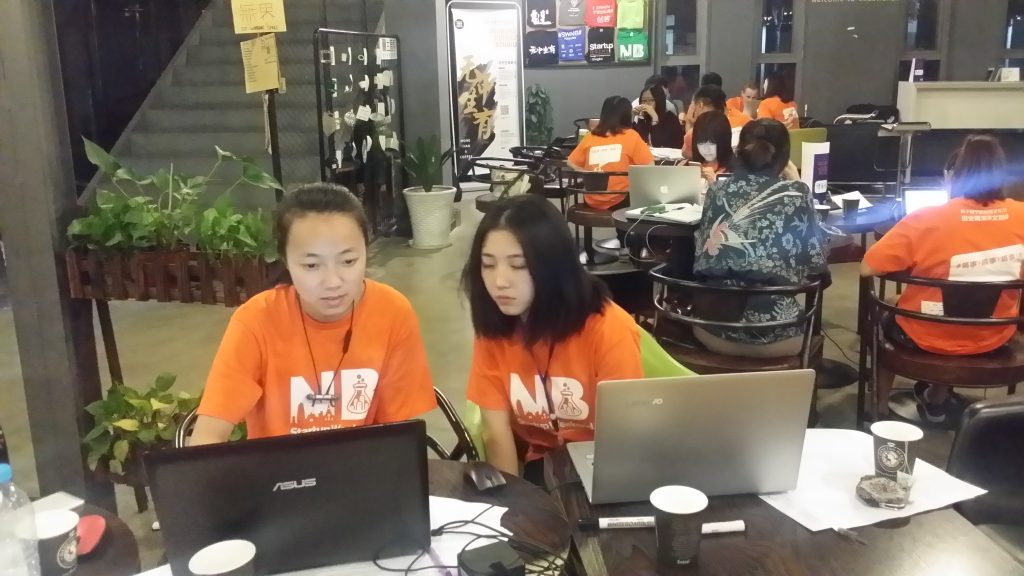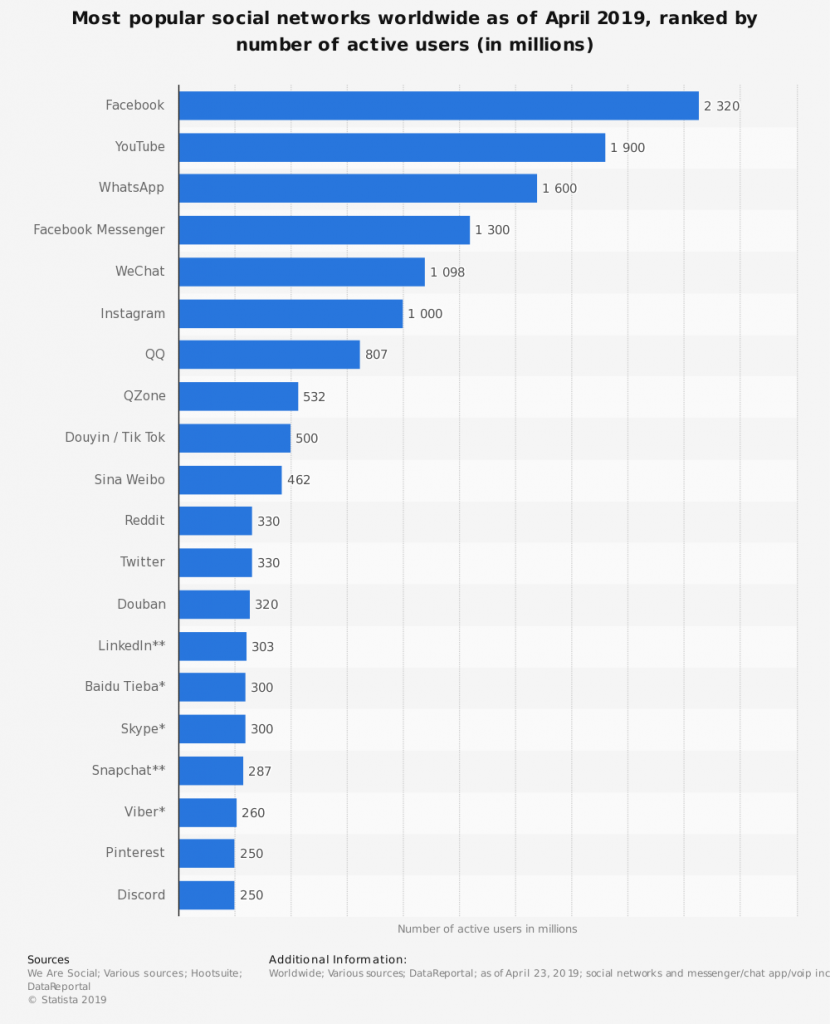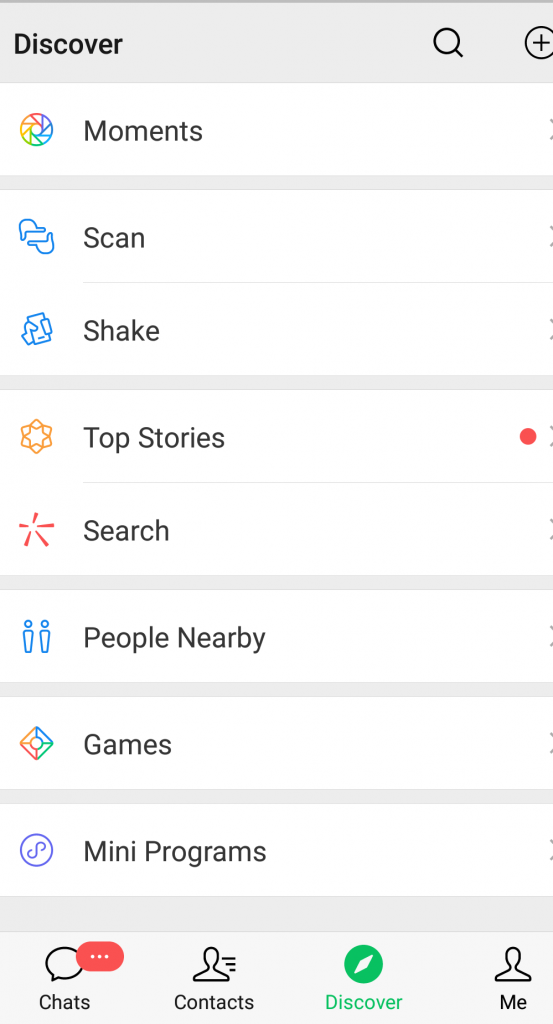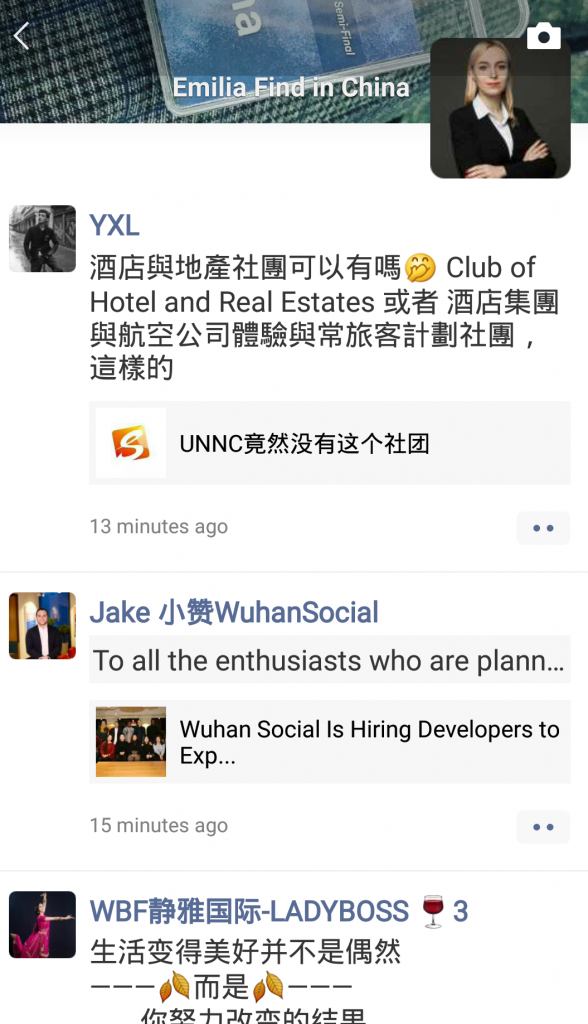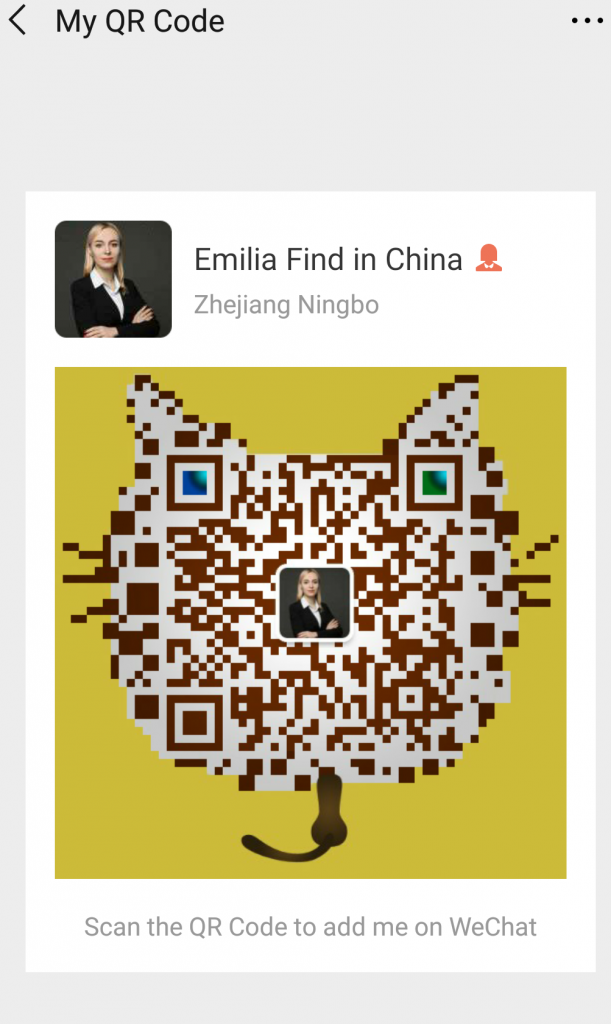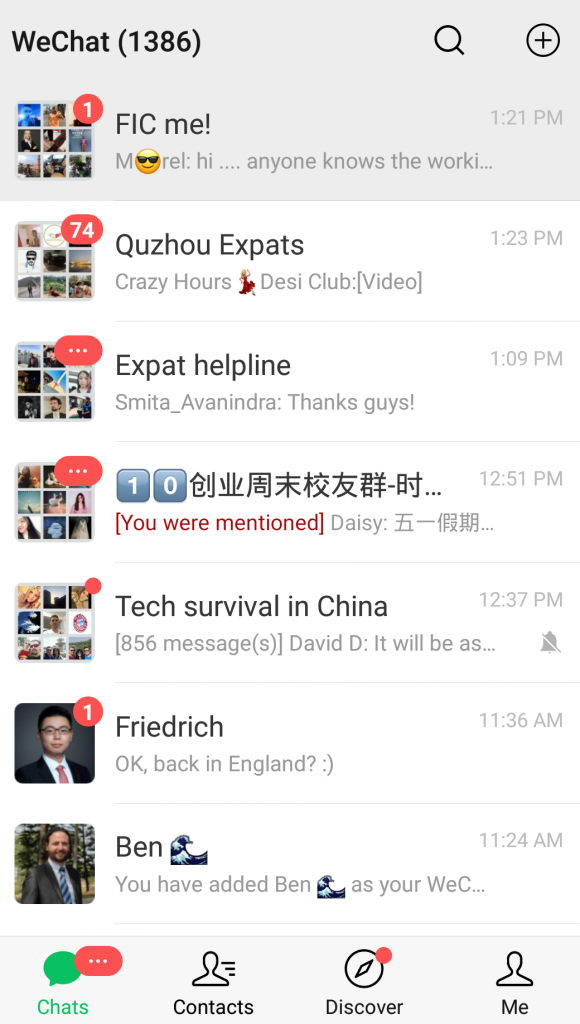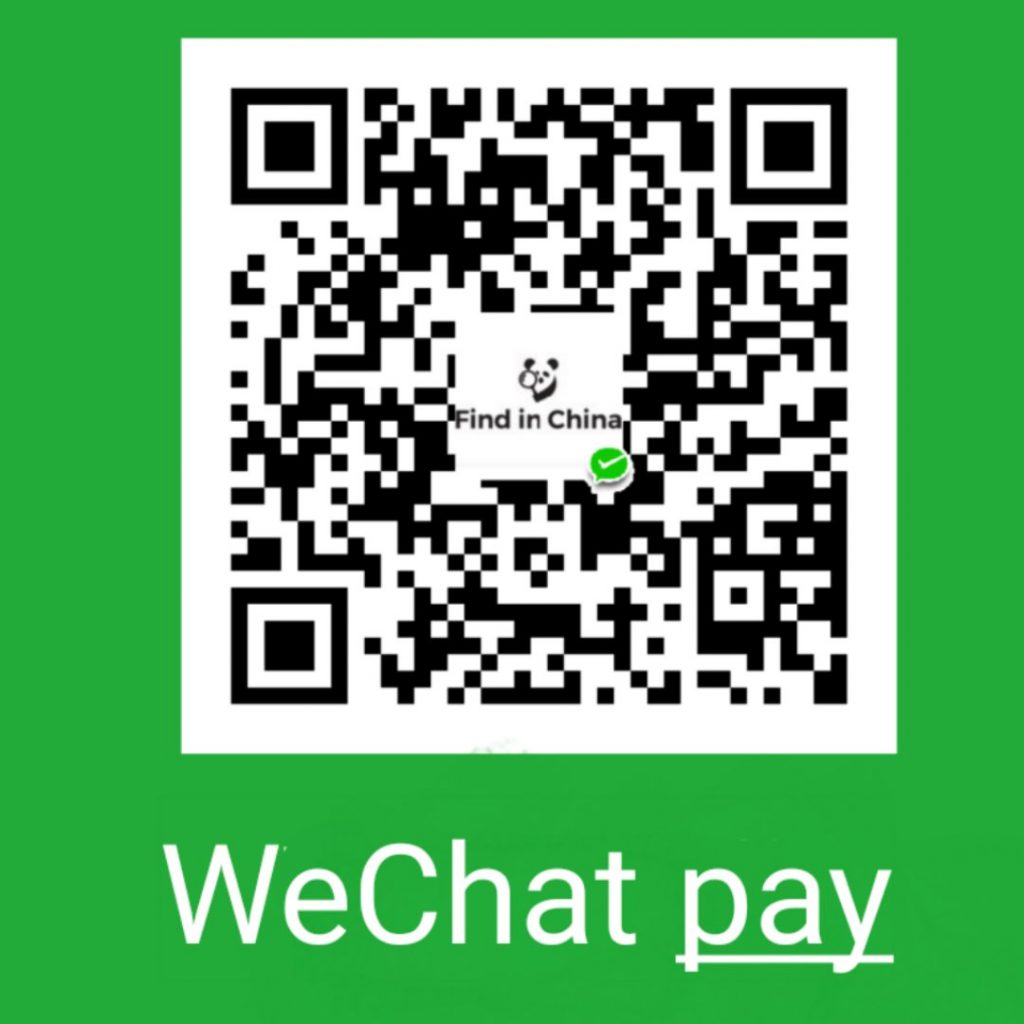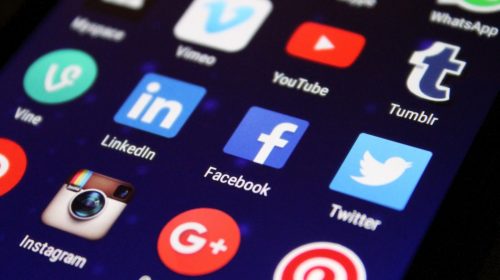As the Chinese government tries to control how information spreads on social media – the virality potential of Chinese social media is much lower than that of their western counterparts – which base their business models on advertising, selling their users’ attention.
Let’s see how exactly are social media in China different from western social media, and what do you need to consider when doing social media marketing in China.
In this post we are going to focus on WeChat – and how the no 1 popular social medium in China disrupts marketing there. We will compare the main social media platforms in China with their western counterparts – Facebook and Whatsapp – and discuss the impact on social media marketing below.
Western social media are ‘blocked’
You may have heard that western social media like Facebook, Whatsapp, Twitter or Instagram are ‘blocked’ by the Chinese government who wants to control what kind of information reaches Chinese citizens. And it’s true – you can only access ‘western’ social media in China via a VPN (Virtual Private Network), but the government is increasingly blocking access to VPNs as well.
As a result, most Chinese people use only ‘local’ social media.
WeChat (Chinese: Weixin) by Tencent – Chinese Social Media Platform no 1
WeChat, is used by 1.098 billion monthly active users (as of April 2019) which makes it the fifth most popular social media network in the world:
Although WeChat is sometimes called ‘Chinese Facebook’, it is in fact a cross between Whatsapp and Facebook.
WeChat started predominantly as an instant messaging platform, but has since grown increasingly into a social medium, where people can share content with their friends on their “Moments” (equivalent to Facebook wall, albeit more limited in its functionality), join groups, follow other people – and brands.
WeChat Products
Accounts
WeChat offers three types of accounts: Private Accounts and two types of ‘Official’ accounts (similar to Facebook Business Pages): Subscription and Service Accounts.
Private Accounts:
WeChat Private account looks like a combination between Whatsapp and an early 2000s suite of apps:
WeChat Moments are the equivalent of Facebook Wall – you can update your profile and cover picture, change your nickname, and post updates (text with photo or video).
There is a major difference between Facebook wall and WeChat Moments for a marketer though: you can’t set ‘privacy settings’ to either increase the visibility of your posts (as in the ‘public’ post status on Facebook) or limit them to a specific group of friends. As a result, you only see the posts and comments of people you have in your network.
This has potentially big consequences for marketers – as the reach of your posts is limited to only your closest network, it limits the spread of information between users and the potential virality of the posts. While it certainly helps the Chinese government control the spread of information on social media (and prevent ‘politically incorrect’ messages from spreading) – it also makes the life of social media marketers in China much harder.
Scanning allows you to scan QR codes – which are used ubiquitously in China for both adding new contacts (each user has their unique QR code), and for paying with your WeChat Wallet (we will discuss it below)./
WeChat vs. Messenger
Instant messaging remains the main functionality of WeChat: you can send text, voice messages, photos and videos to people in your contacts (you can’t message people before they accepted your ‘Friend request’ – ‘Add contact’ request)
Unlike Facebook messenger, WeChat does not have a standalone app for its chat – which is integrated with the rest of the functionalities.
Wechat Subscription Accounts
WeChat Subscription Accounts allow brands to post 1 post per day (31 posts per month). The User needs to follow (‘subscribe’) to the account to be able to see the posts. The post does not appear on the subscriber’s wall (‘Moments’) directly though – it goes to the Subscription folder (indirect marketing). Subscription accounts encourage producing consistent, high-quality content to create traction and attract regular readers (industry-related professionals, etc.).
! You need to have a Mainland-China-based business to apply for a subscription account.
Wechat Service Accounts
Wechat Service Accounts allow you to post 4 long posts per month. These posts, although less regular, go to the user’s personal WeChat Chatlog (direct messaging).
WeChat allows the service account owner to create a dynamic landing page and menus, and easily link with Weidian (WeChat Store).
WeChat service accounts are recommended for retailers selling specific products. The content is limited though, thus limiting traction towards service accounts.
! You need to have a Mainland-China-based business to apply for a subscription account.
WeChat Insights vs. Facebook Insights
Similar to Facebook, you can check how many people saw your posts on service and subscription accounts – yet the analytics are extremely limited compared to ‘Facebook Insights’.
WeChat Groups
WeChat Groups are much more limited in their functionality than Facebook groups – they are more like a groups chat where you can only post the same types of content as in private chats.
Moreover, WeChat groups are limited to 500 people only – which largely restricts their marketing potential.
WeChat Pay and WeChat Wallet
WeChat, unlike Facebook, offers a widely-accepted payment method – which is somewhat similar to PayPal, but offers payments between contacts and businesses via QR codes (rather than email)- without a commission:
Everyone who has a bank account in Mainland China can link a bank card and use WeChat Pay. Since 2018, WeChat Pay also accepts foreign cards.
What is the impact of WeChat Pay on marketing? The popularity of WeChat Pay further increases the stickiness of the app, thus boosting WeChat’s marketing potential even further, and helps Tencent compete with Alibaba’s payment system – AliPay.
Email is dead – WeChat is king for business communication
Thanks to the popularity of WeChat, and the nature of service and subscription accounts (~ Facebook business pages) – email marketing has relatively little clout in China – and is certainly less effective than in Europe:
Paid Advertising on WeChat vs. Facebook
WeChat allows advertisers to take advantage of two types of ads – either as a small banner on the bottom of the feed (‘Moments’) or as a sponsored post in the Moments.
Again – the access to these ads is limited mainly to Chinese-registered businesses:
Who can advertise on WeChat Moments?
WeChat advertising on moments is restricted to two major cases:
- Companies registered in Mainland China (either local companies or Wholly Foreign Owned Enterprises – WFOE) willing to invest at least 50k RMB (~8,000 USD)
- Foreign companies willing to invest $1,500 – $8,000 USD (updated on April 2017)
Source: https://walkthechat.com/advertising-on-wechat-moment/ (you can also read more about the pricing of WeChat ads here)
According to walkthewechat.com though, the ads are poorly and very poorly targeted and are simply poor value for money for the advertisers.
Alternative?
Key Opinion Leader marketing!
KOL marketing as a cornerstone of social media marketing in China
Source: http://yanieyanson.com/about-the-marginalist/
Due to all the restrictions regarding WeChat ads use – Key Opinion Leaders (KOLs) – as influencers are known in China – are a very popular way of advertising on Chinese social media.
The Chinese KOLs will post sponsored content on their moments and subscription accounts – providing a well-targeted alternative to Tencent’s poor advertising products.
If you’re interested in using KOLs for social media marketing in China – there’s an app called PARKLU connecting advertisers with Chinese influencers.
Conclusions – how different is social media marketing in China (on WeChat) from western social media marketing?
As we can see from the analysis above, social media marketing in China seems to be a lot more challenging due to the government restrictions, and their resulting impact on WeChat as on of the main social media platforms in China:
- Limitation of post virality – posts and comments can be only seen by ‘friends’, there is no ‘public’ status
- Groups limited to 500 people
- Highly limited WeChat ‘business’ accounts (subscription and service accounts)
- Poor insights and analytics options
- Poor advertising options (badly targeted ads in only 2 formats)
Hope you found this comparison useful! If you need any help with social media marketing in Europe – check out our app Postfity here.
